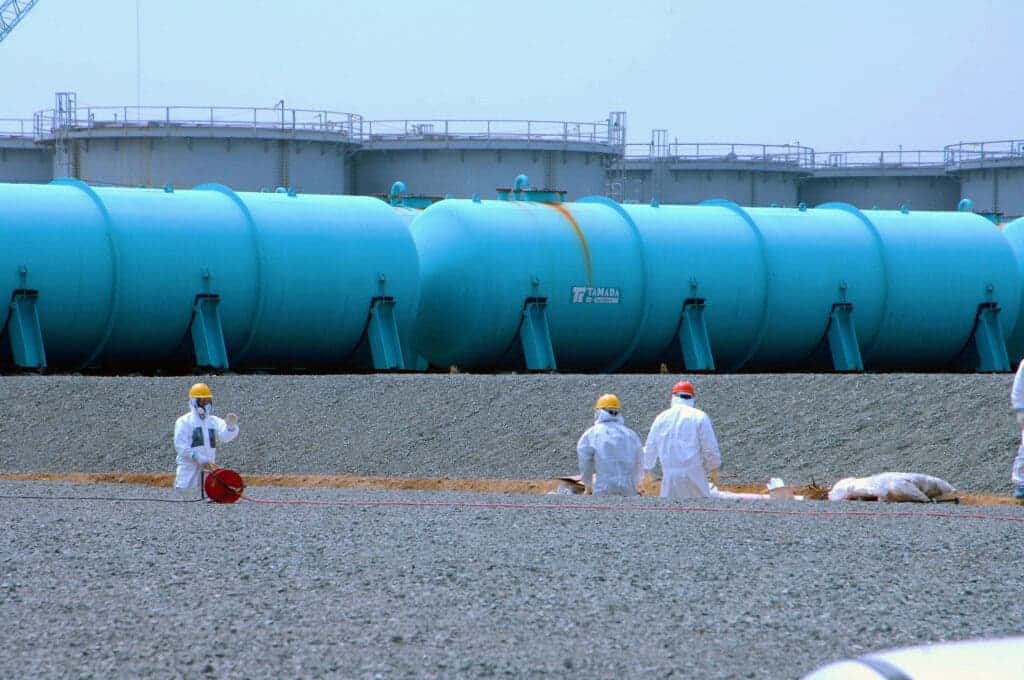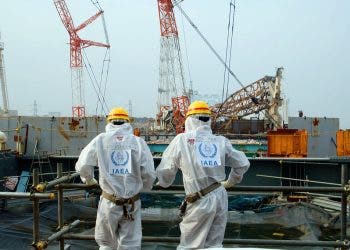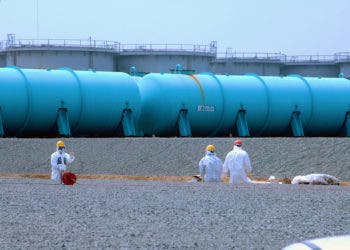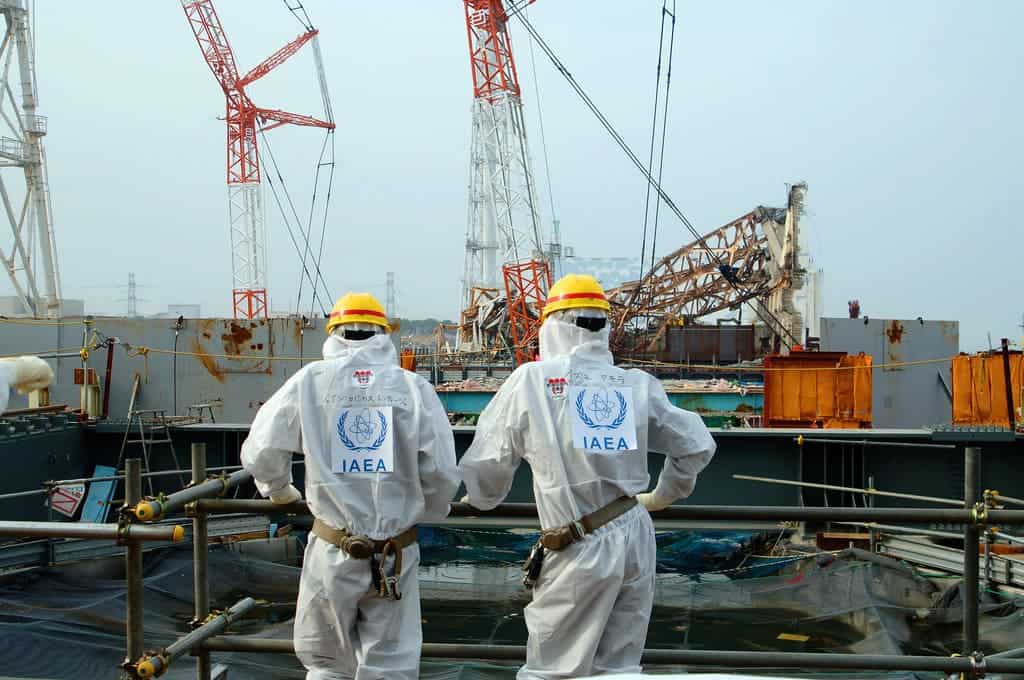The operator of Japan’s stricken Fukushima nuclear plant has unveiled a plan to build an undersea tunnel so that more than a million tons of treated but still radioactive water can be released into the ocean. The tunnel will have a one-kilometer extension and should be functional by 2023, allowing the release of wastewater straight into the Pacific — something which the operator claims is harmless.

The development comes more than a decade after the nuclear disaster in 2011 at the Fukushima Daiichi plant, which suffered meltdowns in three of its reactors due to an earthquake and a tsunami. Seeking to control the radioactive fallout, over 1,000 tanks were used to hold the treated but still radioactive water that kept the reactors cool.
But the solution was only temporary, and the company in charge of the plant is now running out of storage room for this water. Experts have repeatedly suggested releasing it into the sea in a controlled manner, but locals vehemently opposed the plan, and officials postponed a decision. Now, the government said releasing the water is the most realistic option.
The upcoming tunnel
Tokyo Electric Power, the company that runs the nuclear plant, will start building the tunnel by March 2022 after carrying out feasibility studies and obtaining approval from authorities. The tunnel will have a diameter of 2.5 meters and stretch into the Pacific Ocean from tanks at the plant that have about 1.2 million tons of wastewater.
This includes water used to cool down the plant, crippled after going into meltdown following the 2011 disaster, as well as rain and groundwater that seeps in daily. Every day, tons of newly contaminated water is extracted through an extensive pumping and filtration system at the plant, which filters most of the radioactive elements.
The plant’s chief decommissioning officer, Akira Ono, said told local reporters that using a tunnel to release the water would prevent it from flowing back to the shore. Ono said they will further explain their safety policies and measures so as to “dispel concerns held by people involved in fisheries and other industries,” who questioned the plan.
The water stored in the tanks won’t be discharged directly. Rather, it will be treated through a system that removes most of the radioactive material except for tritium, an isotope of hydrogen not harmful to humans in small amounts. Tritium “emits weak radiation” and its impact on health “is very low,” a government statement reads.
The discharging process will be monitored by third parties, including the International Atomic Energy Agency (IAEA). The agency’s head Mariano Grossi told CNN there is “no harm” in releasing treated water into the sea. This has been done in many parts of the world and no adverse environmental impact was reported, Grossi explained.
Still, the reassurances of Japan haven’t settled the nerves of neighboring countries, environmental groups, and local fishermen — worried over the implications of Japan’s decision. China, for example, said the wastewater plan was “extremely irresponsible”, and accused Japan of disregarding “domestic and foreign doubts and opposition”.






